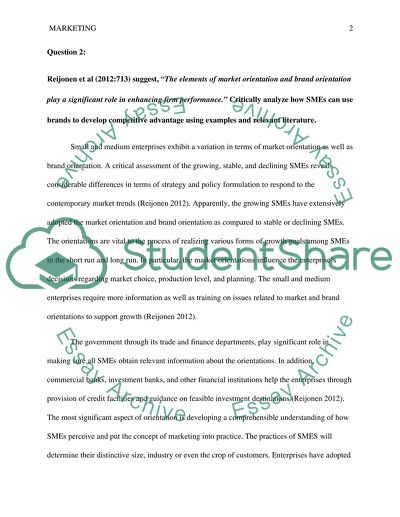Cite this document
(“The Ways Of Competitive Advantage Development Assignment”, n.d.)
The Ways Of Competitive Advantage Development Assignment. Retrieved from https://studentshare.org/marketing/1476646-the-ways-of-competitive-advantage-development
The Ways Of Competitive Advantage Development Assignment. Retrieved from https://studentshare.org/marketing/1476646-the-ways-of-competitive-advantage-development
(The Ways Of Competitive Advantage Development Assignment)
The Ways Of Competitive Advantage Development Assignment. https://studentshare.org/marketing/1476646-the-ways-of-competitive-advantage-development.
The Ways Of Competitive Advantage Development Assignment. https://studentshare.org/marketing/1476646-the-ways-of-competitive-advantage-development.
“The Ways Of Competitive Advantage Development Assignment”, n.d. https://studentshare.org/marketing/1476646-the-ways-of-competitive-advantage-development.


